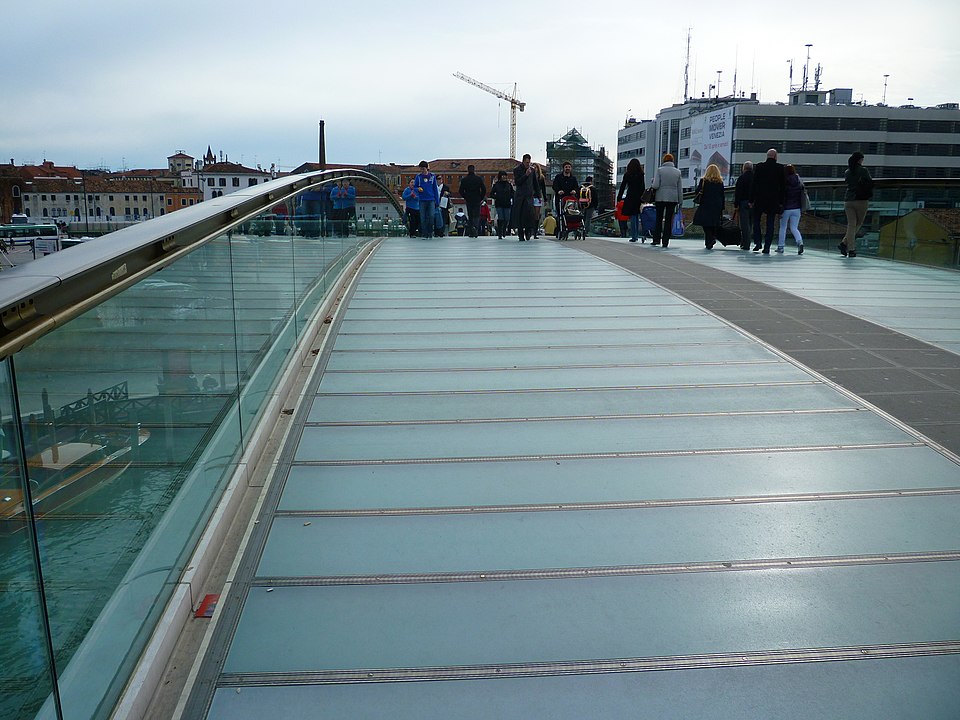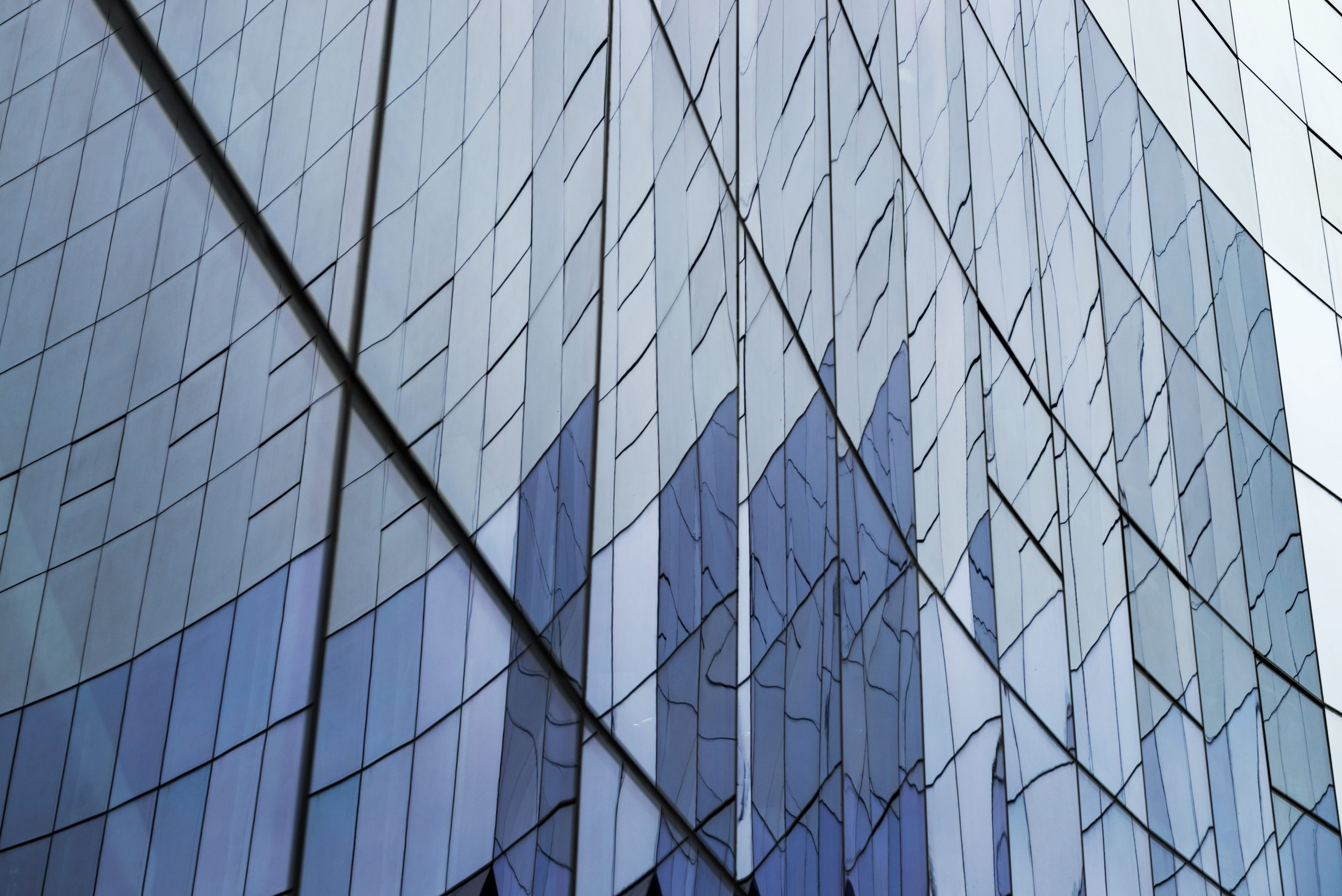| Flat glass since 1970 began to live an important and significant evolution. There have been improvements inthermal and acoustic insulation of the plates. So much so that in recent years the building constructions are undergoing a real one technological revolution. Glazing which has a low thermal transmission coefficient is being produced. They are said glass windows 'under vacuum' because they have a very small thickness, of a few millimeters. Basically, to make a practical comparison, with a 6 mm glass you can get the same performance as a 50 mm double glazing. For very large surfaces, one has been achieved fire resistant 45 minutes, when 20-30 years ago, glass could not resist at all. In the field of protection, special glasses have been created resistant to explosives and gunshots, when, previously, it was enough to throw a stone to break a window. In construction, glass has now become a structural element. An example is la Pyramid of the Louvre, whose construction required the installation of 675 glass lozenges of 2,90 x 1,90 meters, weighing 140 kg each, and 118 triangles with a base of 1,90 and a height of 1,50 meters. They are made of 10mm thick extra white laminated glass. And also the Calatrava bridge to Venice. The bridge is 94 meters long with steps while it has a central width of 81 meters. The width varies from 5,58 meters up to 9,38 meters in the central part. The height varies from 3,20 meters on the banks up to 9,28 meters in the central part. The central steel arch, a structural element of the bridge, has a radius of 180 In addition to the evolution of glass as a structural element, laminated glass products with variable photometric properties called smart glasses . Liquid crystal glasses : laminated glass composed of two plates and two interlayer layers between which an 'LC' film of liquid crystals is placed. At rest the crystals have any orientation and the glass appears translucent under the influence of an electric field, the crystals assume the same orientation and the glass becomes transparent. These products have been on the market for several years. Glass photochromic, which vary their transparency as a function of the amount of light. These are currently used to make large-area windows. Thermochromic glasses, which change color according to the temperature. They have been built, of small dimensions, in research centers Electrochromic glasses which change color under the influence of an electric field. Source: http://www.glassway.vda.it/ and wikipedia.it |

Public domain, https://it.wikipedia.org/w/index.php?curid=2897038



